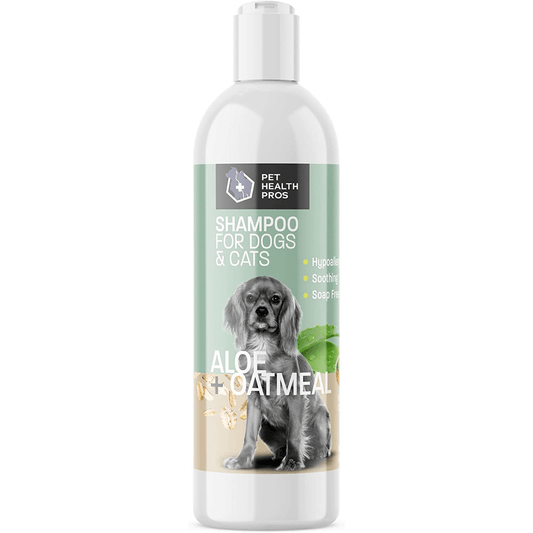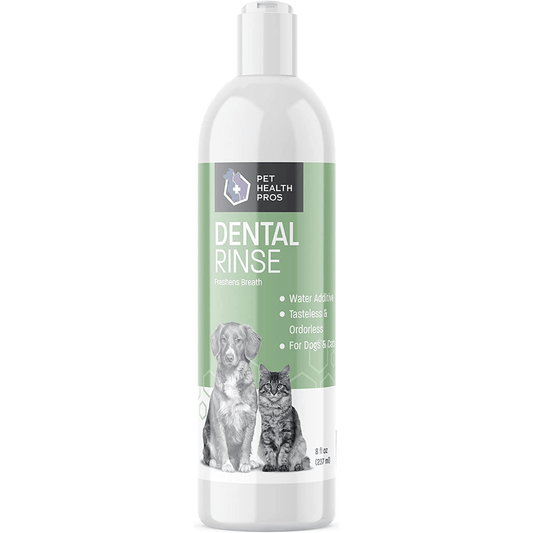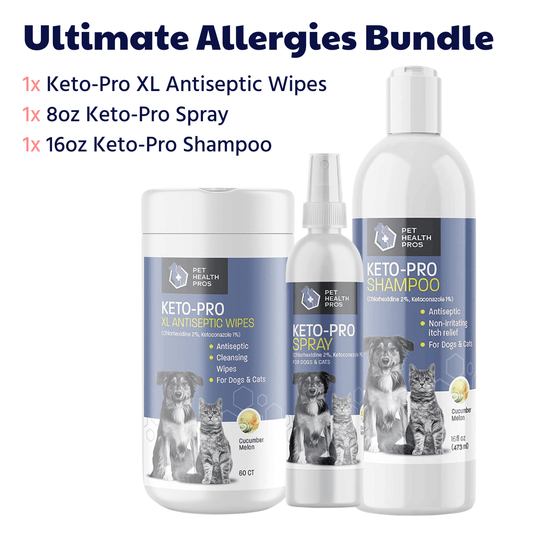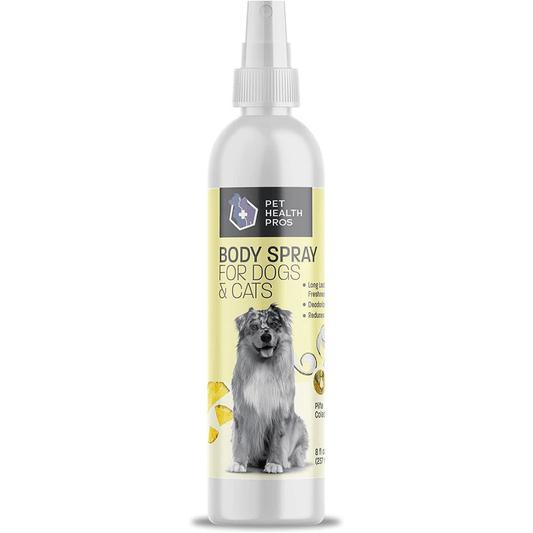Taking care of your dog’s health means knowing how to treat minor wounds and infections. One important tool is an antiseptic flush. This guide will show you how to use it properly to ensure your dog stays healthy and happy.
Key Takeaways
- Antiseptic flushes help clean and prevent infections in minor wounds.
- Always check the ingredients to ensure they are safe for your dog.
- Use antiseptic flushes when you notice signs of infection or as a preventative measure.
- Create a calm environment to make the application process easier for your dog.
- Consult your veterinarian if you’re unsure about using antiseptic flush on your dog.
Understanding Antiseptic Flush for Dogs
What is an Antiseptic Flush?
An antiseptic flush is a liquid solution used to clean and disinfect wounds on your dog. It helps prevent infections by killing bacteria and other harmful microorganisms. These solutions are often recommended by vets for treating minor cuts, scrapes, and skin irritations.
Benefits of Using Antiseptic Flush
Using an antiseptic flush on your dog has several benefits:
- Prevents infections
- Promotes faster healing
- Reduces inflammation
- Gentle on sensitive skin
Incorporating antiseptic flushes into your pet care routine can significantly enhance your dog's overall well-being.
Common Ingredients in Antiseptic Flushes
Antiseptic flushes typically contain ingredients like:
- Chlorhexidine
- Povidone-iodine
- Hydrogen peroxide
These ingredients are effective in killing bacteria and promoting healing. Always check the product label and consult your vet to ensure the ingredients are safe for your dog.
When to Use Antiseptic Flush for Dogs
Identifying Signs of Infection
Knowing when to use an antiseptic flush can make a big difference in your dog's health. Look for signs like redness, swelling, or discharge from wounds. If your dog is constantly licking or scratching a specific area, it might be infected.
Preventative Care
Using antiseptic flushes as a preventative measure can help keep your dog healthy. Regularly cleaning minor cuts and scrapes can prevent infections before they start. This is especially useful for active dogs who are prone to minor injuries.
Consulting Your Veterinarian
Always consult your veterinarian before starting any new treatment. They can provide guidance on the best products and methods for your dog's specific needs. Veterinarians can also help you identify if an antiseptic flush is necessary or if another treatment would be more effective.
Preparing to Use Antiseptic Flush on Your Dog
Gathering Necessary Supplies
Before you start, make sure you have all the needed items. This includes the antiseptic flush, clean towels, and possibly some treats to reward your dog. Having everything ready will make the process smoother and less stressful for both you and your dog.
Creating a Calm Environment
It's important to create a calm and quiet space for your dog. Find a spot where your dog feels safe and comfortable. This will help reduce any anxiety they might feel during the process. You can also use a soothing voice to keep your dog relaxed.
Reading Product Instructions
Always read the instructions on the antiseptic flush product. Each product may have different guidelines, so it's crucial to follow them carefully. This ensures that you are using the product correctly and safely. Proper usage can significantly enhance the effectiveness of the treatment.
Taking the time to prepare properly can make a big difference in how well the antiseptic flush works and how comfortable your dog feels during the process.
Step-by-Step Guide to Applying Antiseptic Flush
Cleaning the Affected Area
Before applying the antiseptic flush, it's crucial to clean the affected area thoroughly. Use a mild soap and water to gently remove any dirt or debris. Ensure the area is completely dry before moving on to the next step. This helps the antiseptic flush work more effectively.
Applying the Antiseptic Flush
Once the area is clean and dry, you can apply the antiseptic flush. Follow these steps:
- Shake the bottle well to mix the solution.
- Apply a small amount of the flush to a clean cotton ball or gauze pad.
- Gently dab the affected area with the soaked cotton ball or gauze pad. Avoid rubbing, as this can cause irritation.
- Allow the solution to sit for a few minutes to ensure it penetrates the skin.
Post-Application Care
After applying the antiseptic flush, monitor your dog for any signs of discomfort or adverse reactions. If you notice any unusual behavior, consult your veterinarian immediately. Regularly check the treated area to ensure it is healing properly. You may need to reapply the flush as directed by your vet.
Keeping a close eye on your dog's behavior and the condition of the treated area can help catch any issues early and ensure a smooth recovery.
Safety Tips and Precautions
Avoiding Common Mistakes
When using an antiseptic flush for dogs, it's crucial to avoid common mistakes. Never use human antiseptic products on your dog, as they can be harmful. Always check the expiration date on the product to ensure its effectiveness. Make sure to use the correct amount of solution as directed by the product instructions.
Monitoring for Adverse Reactions
After applying the antiseptic flush, keep an eye on your dog for any adverse reactions. Signs of an allergic reaction can include redness, swelling, or itching at the application site. If you notice any of these symptoms, stop using the product immediately and consult your veterinarian.
Proper Storage of Antiseptic Products
Store antiseptic products in a cool, dry place away from direct sunlight. Ensure that the products are kept out of reach of children and pets to prevent accidental ingestion or misuse. Proper storage helps maintain the effectiveness of the antiseptic solution.
Safety precautions are essential to ensure the well-being of your dog during treatment. Always follow the guidelines to avoid any complications.
Alternative Solutions and Complementary Treatments
Natural Remedies
Natural remedies can be a gentle alternative to chemical antiseptics. Aloe vera and coconut oil are popular choices for their soothing and healing properties. These natural ingredients can help reduce inflammation and promote healing without harsh chemicals.
Over-the-Counter Products
There are various over-the-counter products available that can complement antiseptic flushes. These include:
- Probiotic supplements: Help maintain a healthy balance of bacteria in your dog's gut.
- Anti-itch sprays: Provide relief from itching and irritation.
- Ear cleaners: Keep your dog's ears clean and free from infections.
Professional Veterinary Treatments
For more severe cases, consulting a veterinarian is crucial. They can offer professional treatments such as prescription medications or specialized care. Always consult your vet before trying new treatments to ensure they are safe and effective for your dog.
Maintaining a holistic approach to your dog's health can lead to better outcomes and a happier pet.
Maintaining Your Dog’s Health Post-Treatment
Regular Check-Ups
After treating your dog with an antiseptic flush, it's important to schedule regular check-ups with your veterinarian. These visits help ensure that your dog's healing process is on track and that no new issues have arisen. Regular vet visits can catch problems early, making them easier to treat.
Maintaining Hygiene
Keeping your dog clean is crucial for preventing infections. Regularly bathe your dog and clean their living area. Pay special attention to areas that were previously infected. Using products like chlorhexidine can help maintain cleanliness and prevent bacterial growth.
Recognizing Recurrence of Symptoms
Be vigilant for any signs that the infection might be returning. Symptoms like redness, swelling, or unusual discharge should be addressed immediately. If you notice any of these signs, consult your veterinarian to determine the best course of action.
Keeping a close eye on your dog's health post-treatment is essential for ensuring a full recovery and preventing future issues.
After your dog completes treatment, it's crucial to keep up with their health. Regular check-ups, a balanced diet, and proper grooming can make a big difference. For more tips and products to help your furry friend stay healthy, visit our website today!
Conclusion
Using an antiseptic flush for your dog is a simple but important task to keep your pet healthy. By following the steps outlined in this guide, you can ensure that your dog's wounds are clean and free from infection. Always remember to use products that are safe for pets and consult your vet if you have any concerns. Regular care and attention can make a big difference in your dog's overall well-being.
Frequently Asked Questions
What is an antiseptic flush for dogs?
An antiseptic flush is a liquid solution used to clean wounds, cuts, or infections on a dog's skin. It helps kill germs and prevent infection.
When should I use an antiseptic flush on my dog?
Use an antiseptic flush when your dog has a cut, wound, or signs of infection. It's also good for regular cleaning to prevent infections.
Are antiseptic flushes safe for all dogs?
Most antiseptic flushes are safe for dogs, but always read the product instructions and consult your vet if your dog has sensitive skin or allergies.
Can I use an antiseptic flush on my dog's ears?
Some antiseptic flushes are made for ear cleaning, but you should use a product specifically designed for ears. Always follow the instructions on the label.
What should I do if my dog reacts badly to the antiseptic flush?
If your dog shows signs of irritation, redness, or discomfort, stop using the product immediately and consult your veterinarian for advice.
How should I store antiseptic flush products?
Store antiseptic flush products in a cool, dry place, away from direct sunlight and out of reach of children and pets.









